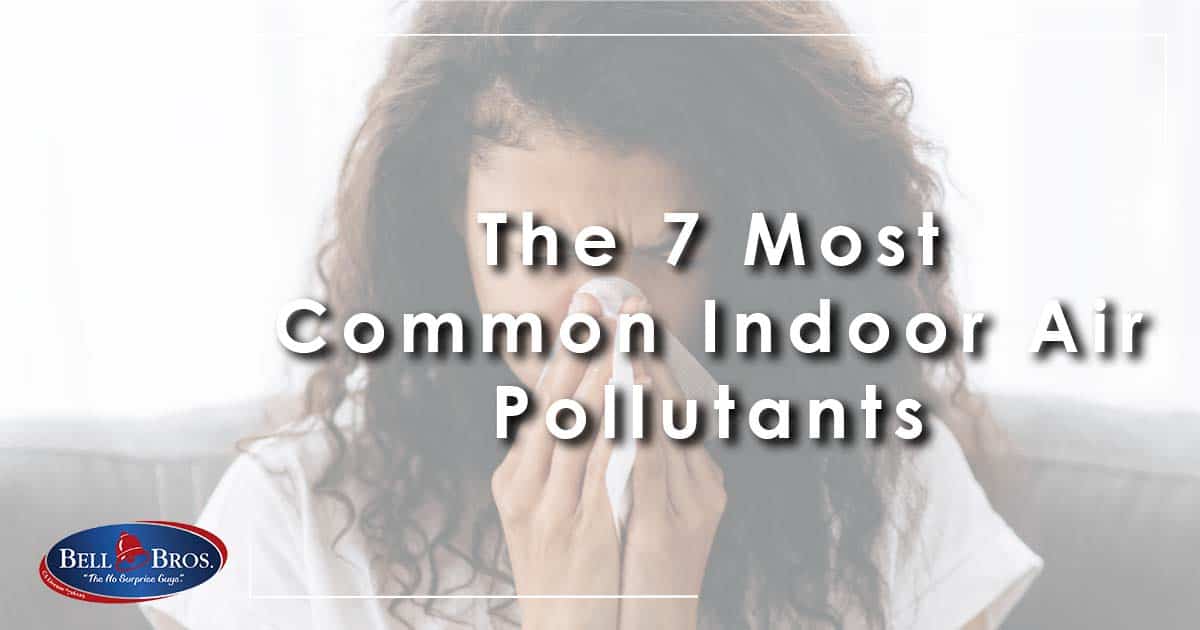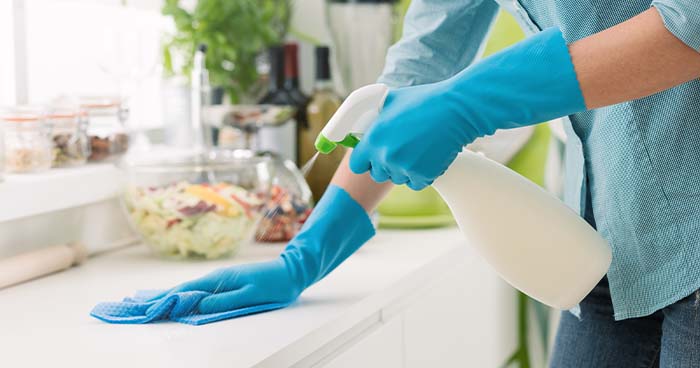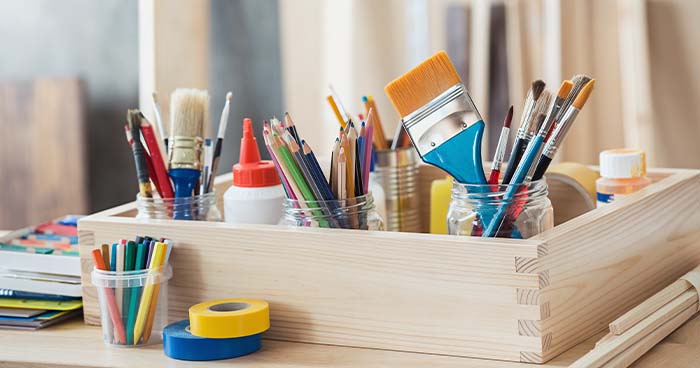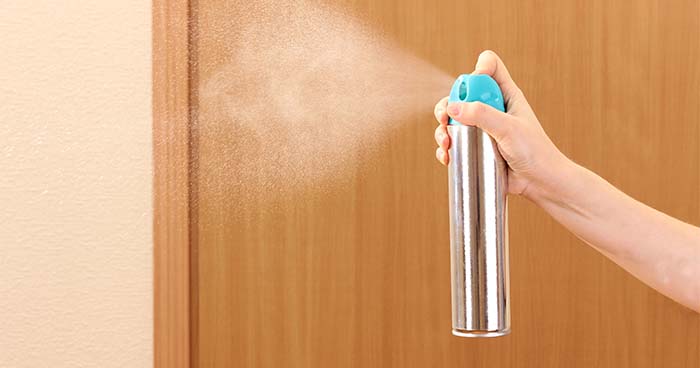The 7 Most Common Indoor Air Pollutants

Indoor air quality is something that most people don’t think about much. After all, as long as you can breathe easy and aren’t affected by allergies, it must be okay, right?
Research from EPA highlights a very different story. The truth is, the air within homes and other buildings can be more seriously polluted than the outdoor air in even the largest and most-industrialized cities.
Here are the 7 most common indoor air pollutants and what you can do to elevate your indoor air quality.
Tobacco Smoke
If you (or anyone else living in your home) smokes, they’re adding dangerous toxins into the air each time they light up.
Tobacco smoke contains tiny particles of nicotine that irritate the throat and lungs when inhaled. For children and asthmatics, this can cause serious health issues. In fact, secondhand smoke poses a health risk to anyone exposed to it.
Cleaning Products
How many sprays, disinfectants, and sanitizers do you use around the home? During the pandemic, the world became obsessed with keeping surfaces clean.
But each time you clean, you’re inadvertently leaving traces of harmful chemicals lingering in your indoor air.

Most household cleaning products contain volatile organic compounds (VOCs). These gasses hang around in the air and cause a range of illnesses, from eye irritation to liver and kidney damage.
Reduce your exposure to these VOCs by:
- Rinsing surfaces with water after cleaning
- Never mixing cleaning products
- Use only when required and in small amounts
- Avoiding fragranced products
Open Fireplaces and Chimneys
Sitting in front of a real fire is the perfect way to spend a chilly day — the warmth of dancing flames and the crackle of burning wood creating a cozy atmosphere.

Sadly, coziness isn’t the only feature a fire adds to the atmosphere.
Open fires release particles of smoke into your indoor air. What’s more, without regular maintenance, open fires can emit carbon monoxide into your home.
If you have an open fire, always remember to:
- Burn dry and seasoned wood
- Install a carbon monoxide monitor
- Never burn household waste or plastics
Craft Supplies
One pollution source that many people don’t consider is their craft supplies. While most craft materials are non-toxic and safe for use by children, they can still release harmful toxins into the air.

It’s best to work outside with crafts that involve paint, glue, or marker pens. And always head outdoors to a well-ventilated space whenever you’re using aerosols or spray paints.
Air Fresheners
Home air fresheners are a popular choice for eliminating odors and adding fragrance to a room. However, many of them release toxic chemicals into your air that cause various health issues.

Whether it’s a scented candle, potpourri, diffusers, or plug-in, most fresheners release phthalates into your indoor air. The phthalates either land on your skin or you inhale them and, once in the bloodstream, can cause several hormonal and health issues.
The problem is that manufacturers aren’t required to list all the ingredients on the packaging, so it’s impossible to know what chemicals your air freshener contains.
If in doubt about your air freshener, stick to natural products like fresh herbs and flowers instead.
Dry Cleaning
Dry cleaning remains a popular way to clean delicate clothing. However, the chemicals used can wreak havoc on your health.
Ever noticed the chemical smell on your clothes when they return from the dry cleaners? That odor is a chemical called perchloroethylene, and it lingers on your clothes for up to a week after cleaning.

Thankfully your clothes shake off the smell. But where does the chemical go if it’s not on your clothes?
The perchloroethylene evaporates from your clothing into your indoor air, meaning you and your family are breathing in this dangerous toxin.
Always hang dry cleaned clothes in the garage for a few days before bringing them into your home.
Teflon Cookware
You may think non-stick cookware is a bonus, but think again. When heated above 500 degrees, Teflon releases toxic fumes into your air.

Fortunately, you don’t have to throw out all your cookware. Always keep your kitchen well ventilated and never cook over a very high heat with Teflon to stay safe. Be sure to discard any cookware with scratches, chips, or peeling surfaces.
How to Decrease the Risk to Your Health and Improve Your Indoor Air Quality
Installing ventilation systems is a cost-effective and straightforward way to improve your indoor air quality. Many ventilation systems can be fitted with an air scrubber, a device that fits into your HVAC system, ensuring your entire home gets cleaner air.
 Call Bell Brothers and Improve Your Indoor Air Quality Today
Call Bell Brothers and Improve Your Indoor Air Quality Today
At Bell Bros. our expert technicians have the skills and training to make your home a haven free from pollutants. Call us today on 800-422-8301.

